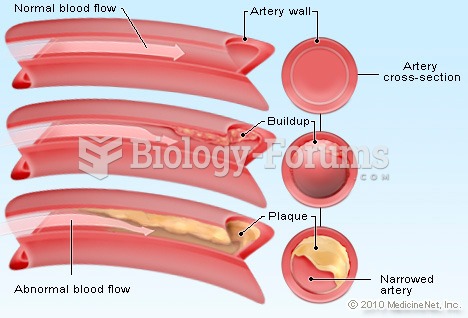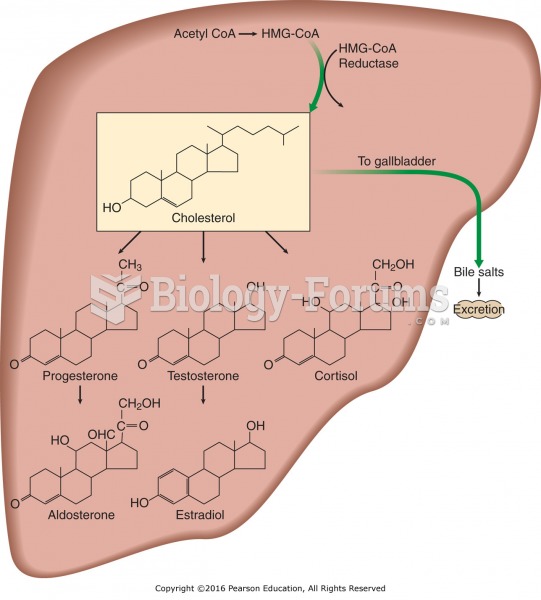Answer to Question 1
Correct Answer: 3
Rationale 1: Normal is incorrect because HDL values less than 40 mg/dl are considered low; greater than 59 mg/dl are considered high. This is the good cholesterol, so levels should be high.
Rationale 2: Borderline is incorrect because HDL values less than 40 mg/dl are considered low; greater than 59 mg/dl are considered high. This is the good cholesterol, so levels should be high.
Rationale 3: HDL values less than 40 mg/dl are considered low; greater than 59 mg/dl are considered high. This is the good cholesterol, so levels should be high.
Rationale 4: High is incorrect because HDL values less than 40 mg/dl are considered low; greater than 59 mg/dl are considered high. This is the good cholesterol, so levels should be high.
Global Rationale: HDL values less than 40 mg/dl are considered low; greater than 59 mg/dl are considered high. This is the good cholesterol so levels should be high. Normal is incorrect because HDL values less than 40 mg/dl are considered low; greater than 59 mg/dl are considered high. This is the good cholesterol so levels should be high. Borderline is incorrect because HDL values less than 40 mg/dl are considered low; greater than 59 mg/dl are considered high. This is the good cholesterol so levels should be high. High is incorrect because HDL values less than 40 mg/dl are considered low; greater than 59 mg/dl are considered high. This is the good cholesterol so levels should be high.
Answer to Question 2
Correct Answer: 4
Rationale 1: VLDL is incorrect because HDL is known as the good cholesterol and can be raised with increased physical activity.
Rationale 2: LDL is incorrect because HDL is known as the good cholesterol and can be raised with increased physical activity.
Rationale 3: Triglycerides is incorrect because HDL is known as the good cholesterol and can be raised with increased physical activity.
Rationale 4: HDL is known as the good cholesterol and can be raised with increased physical activity.
Global Rationale: HDL is known as the good cholesterol and can be raised with increased physical activity. VLDL, LDL, and triglycerides are all incorrect.







